Body image and expectations during pregnancy
by MOVE instructor Davy Darnton
Pregnant bodies are forever at the mercy of public discussion, whether we want them to be or not. And women experiencing the physical, psychological and emotional weight of pregnancy need strong supportive communities available to them before, during and beyond childbirth. As I reflect on the arrival of my second and third children, I can feel the weight of the social expectations surrounding my body nearly everywhere I go.
Public expectations of the pregnant body
I remember once, at 29 weeks pregnant, I was asked by a complete stranger if I was having twins, while another person casually commented that I “looked like I was about to pop.” I explained to them that I did in fact have only one baby in my belly and that I wasn’t due for another couple of months.
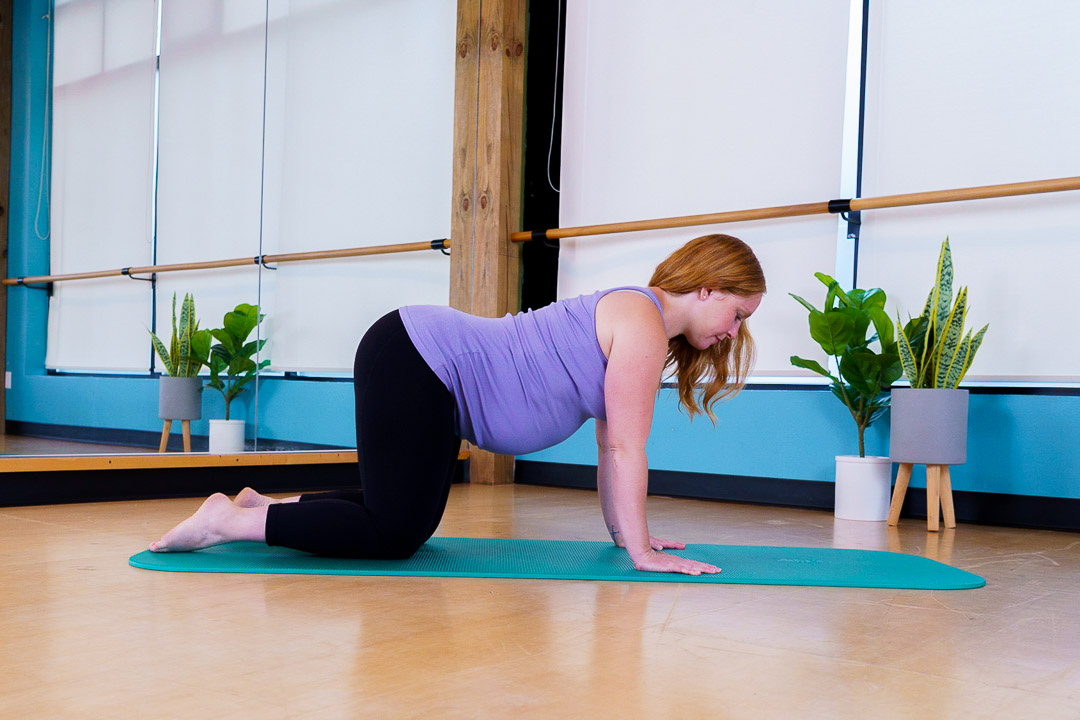 As a Pilates instructor and mother, I wanted to shout from the rooftops, “This is what a healthy woman who is five feet tall and seven months pregnant looks like!”
As a Pilates instructor and mother, I wanted to shout from the rooftops, “This is what a healthy woman who is five feet tall and seven months pregnant looks like!”
The goal during pregnancy is simple: Keep yourself healthy, keep your baby healthy. And a healthy you and a healthy baby mean weight gain and a big belly. And I’ll never understand why people expect pregnant women to look small. Sure, the weight gain bothered me a bit during my first pregnancy. But now looking back on my third pregnancy, I know exactly what my body is doing: it’s transitioning into “milk truck” mode. And if becoming rounder and fuller means I birth a healthy baby and am able to feed that baby, great. Bring on the soft, supple body.
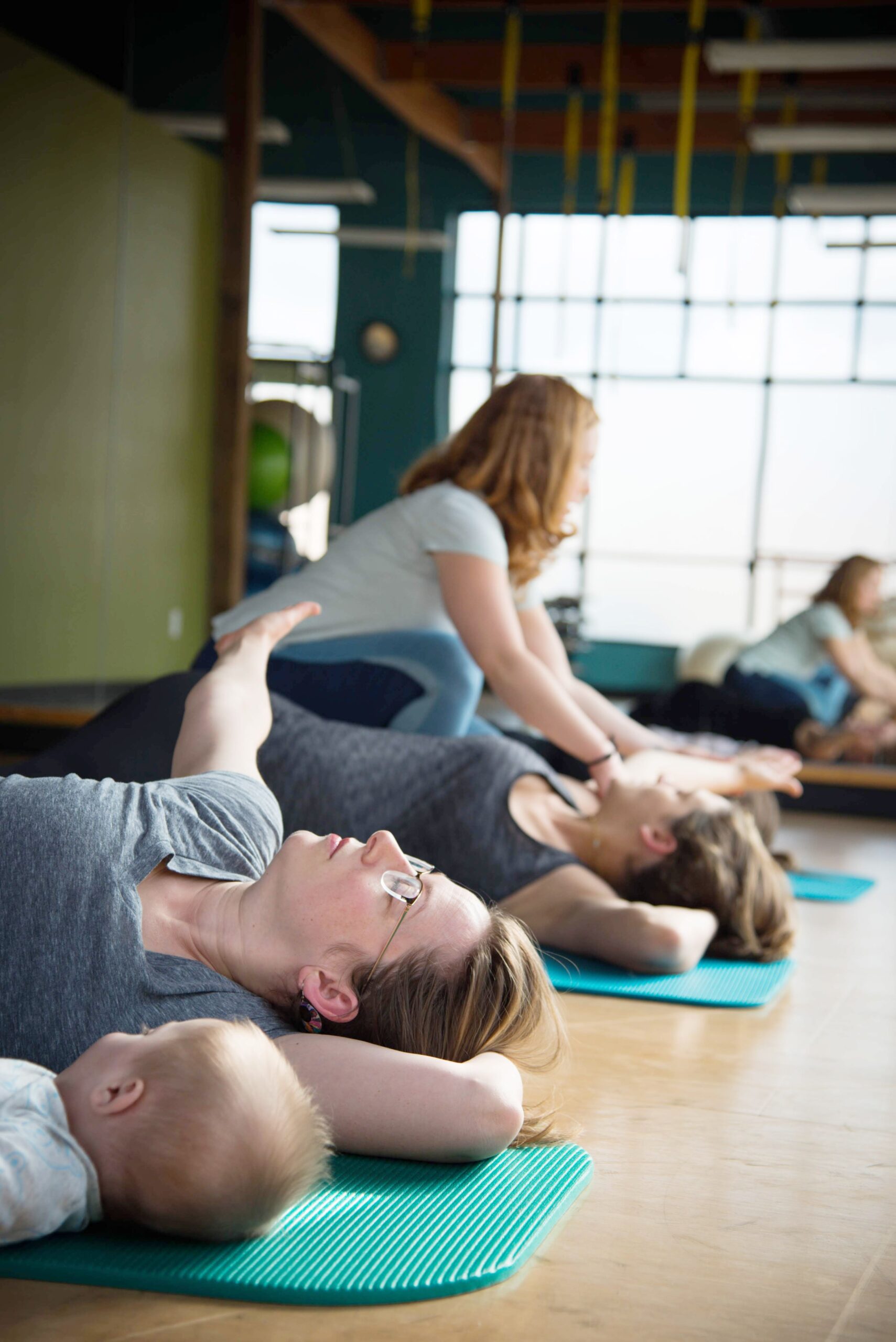
The myth of the postpartum body “bouncing back”
Recently, a male friend of mine whose sister is pregnant asked me, “So, you bounce back pretty quickly right?” I looked him right in the eyes and said, “There’s no bouncing back. Your body is never the same after pregnancy and birth.” It wasn’t the answer he was expecting.
The whole idea of bodies bouncing back is pretty silly. Our bodies aren’t basketballs, and that’s a good thing. Life moves forward, not backward. We should be encouraging women to celebrate the new bodies they have, not stigmatizing the changes that accompany them. This shouldn’t be a revolutionary concept, and yet somehow it still is.
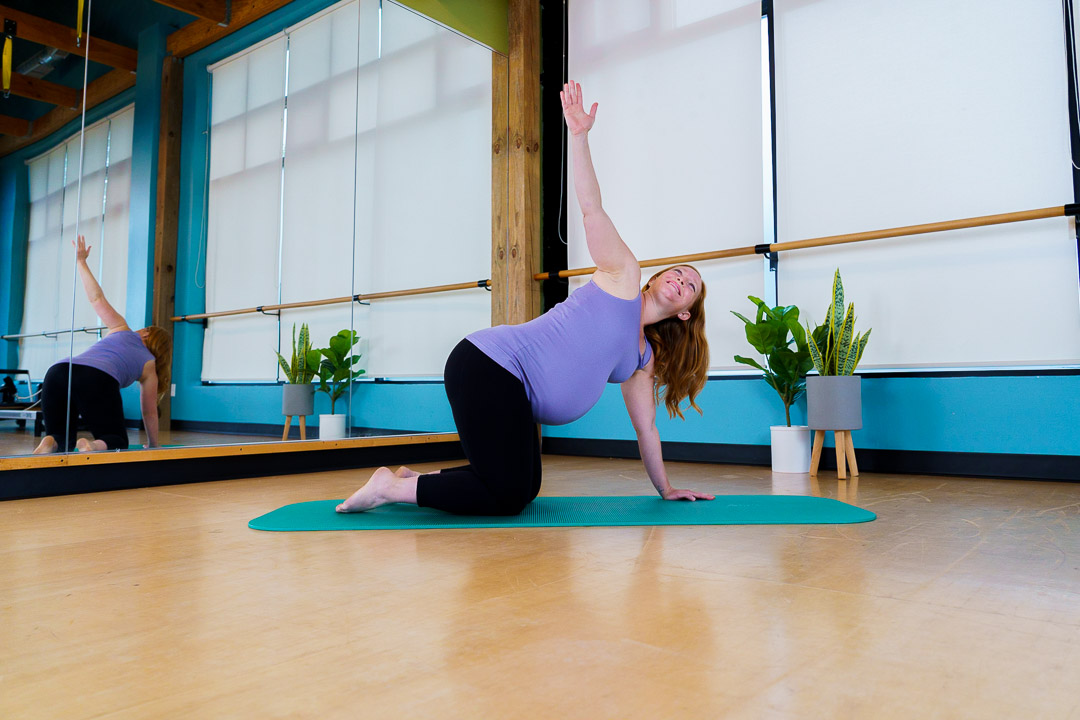 I can’t tell you how many clients I work with who are experiencing multiple pelvic organ prolapses and incontinence because of the counterproductive expectations and narratives surrounding the pregnant and postpartum body. During pregnancy, our bodies are preparing for birth. That means opening and loosening, not restricting and tightening. After pregnancy, our bodies work and move in new ways, and we should embrace that. There’s no going back to “maidenhood” after motherhood. And why would you want to?
I can’t tell you how many clients I work with who are experiencing multiple pelvic organ prolapses and incontinence because of the counterproductive expectations and narratives surrounding the pregnant and postpartum body. During pregnancy, our bodies are preparing for birth. That means opening and loosening, not restricting and tightening. After pregnancy, our bodies work and move in new ways, and we should embrace that. There’s no going back to “maidenhood” after motherhood. And why would you want to?
Pregnancy, celebrities and the media
If there were every two ideas perfectly at odds with one another, they would be a healthy pregnant body and the media’s representation of pregnancy. We see celebrities on television and in magazines (with a full arsenal of personal trainers and nutritionists behind the curtain) basking in the glow of their pregnancies until about six or seven months in, and then they disappear until they’ve magically “bounced back” to their prenatal bodies. Or so the media would have us believe.
Pilates is for every body
One of the most troubling aspects of social expectations surrounding body image, of the pregnant body or any body, is that they fail to acknowledge that we are all individuals with unique body shapes and sizes.
A pregnant woman who is six feet tall with wide hips is going to carry a baby differently than one who is five feet tall with narrow hips. Similarly, someone who’s just given birth is going to look and move differently than someone recovering from a stroke or spinal surgery. Which is why focusing on the health and function of your body from the inside out (rather than what it looks like on the outside) is the key to feeling better and stronger, and living longer.
My favorite thing about teaching Pilates as a movement practice is that it helps you feel better and more balanced, whether your motivation for doing it comes from wanting to fix lower back pain from years of sitting at a desk or just a basic desire to look better in a swimsuit.
A fit pregnancy and the GYROTONIC® method
One of the fundamental problems with the word “fit” is that, for most people, that means tight and toned, or more accurately, constricted. Pregnant women need their bodies to open and release, not tighten up.
We need mobility and stability. We need our spines and sacrums to glide through their full range of motion. We need our femurs to articulate properly in our hip sockets and we need our tailbones to wag.
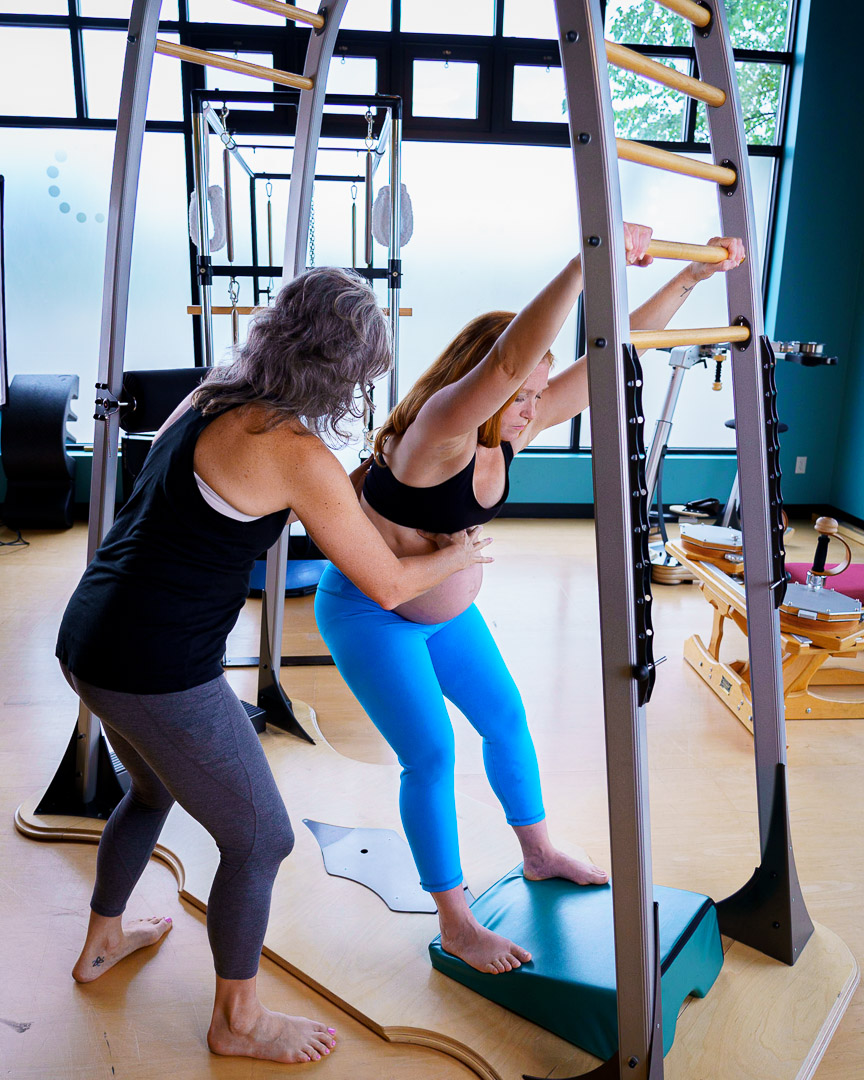 A “fit pregnancy” isn’t about weight lifting and more traditional exercises methods, although it can certainly include those things when done safely and thoughtfully. Prenatal exercise should include a harmonious blend of fascial stretching and muscle strengthening.
A “fit pregnancy” isn’t about weight lifting and more traditional exercises methods, although it can certainly include those things when done safely and thoughtfully. Prenatal exercise should include a harmonious blend of fascial stretching and muscle strengthening.
In July 2017, I started learning the GYROTONIC® method to get out of my comfort zone a bit and learn a more dynamic way of moving my body. At first I was overwhelmed, and moving that way felt foreign to my body. But then I fell in love with it.
I started working toward certification as a GYROTONIC® instructor later that year completed my final certification course at 28 weeks pregnant in April 2019. It was a joyful and empowering physical experience. I left feeling energized, strong and ready to enter and embrace my third and fourth trimesters.
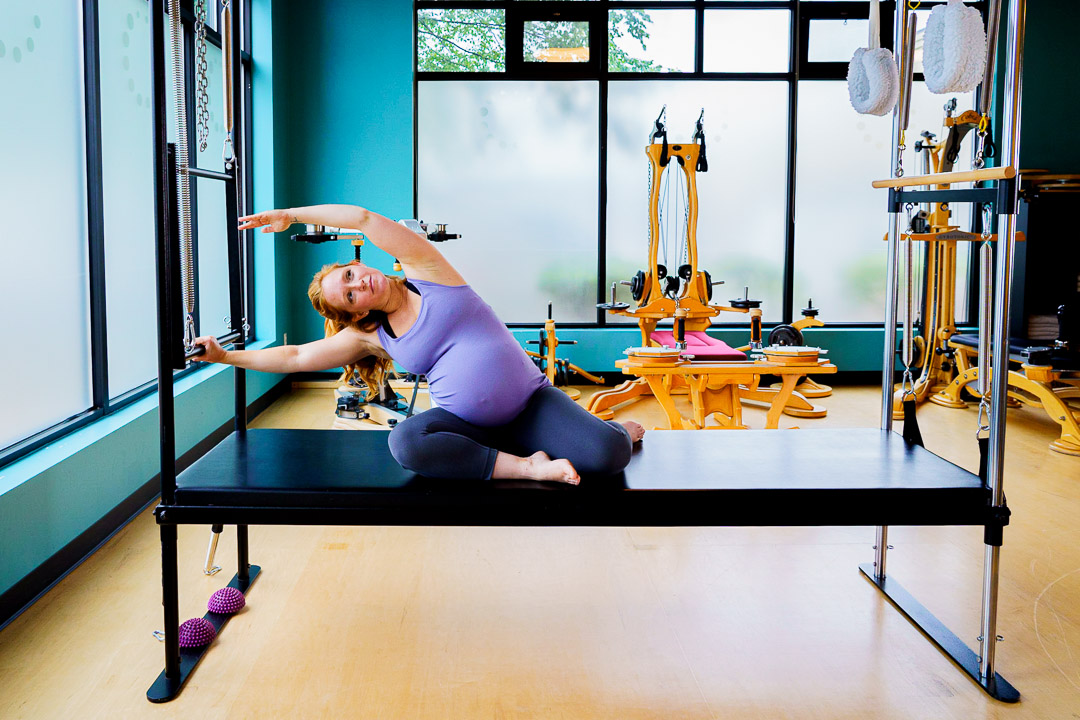 After the birth of my first child, I grew tremendously as a Pilates instructor because I was able to apply that knowledge base and movement practice to my own body as it healed. And now, I’m geeking out on movement in anticipation of the healing process again, this time with GYROTONIC® also in my toolbox. And beyond my own postpartum healing, I look forward to bringing this deeper knowledge to my work with clients when I return from maternity leave.
After the birth of my first child, I grew tremendously as a Pilates instructor because I was able to apply that knowledge base and movement practice to my own body as it healed. And now, I’m geeking out on movement in anticipation of the healing process again, this time with GYROTONIC® also in my toolbox. And beyond my own postpartum healing, I look forward to bringing this deeper knowledge to my work with clients when I return from maternity leave.
I feel nourished and supported through the movement work I’m doing now, and like I’m working with my body and my baby, rather than against them.
Community support and movement practices for pregnant women
If you really want to be supportive of and say the right thing to women who are expecting, here’s my advice: stop commenting on their bodies. Instead, try saying one of the following:
- You look so healthy and wonderful.
- When are you due? (with a tone of genuine curiosity, not judgment)
- I really hope everything continues to go smoothly and that you have a joyful birth.
- What are you most looking forward to?
- After the baby is born, can I help by bringing you dinner or anything else?
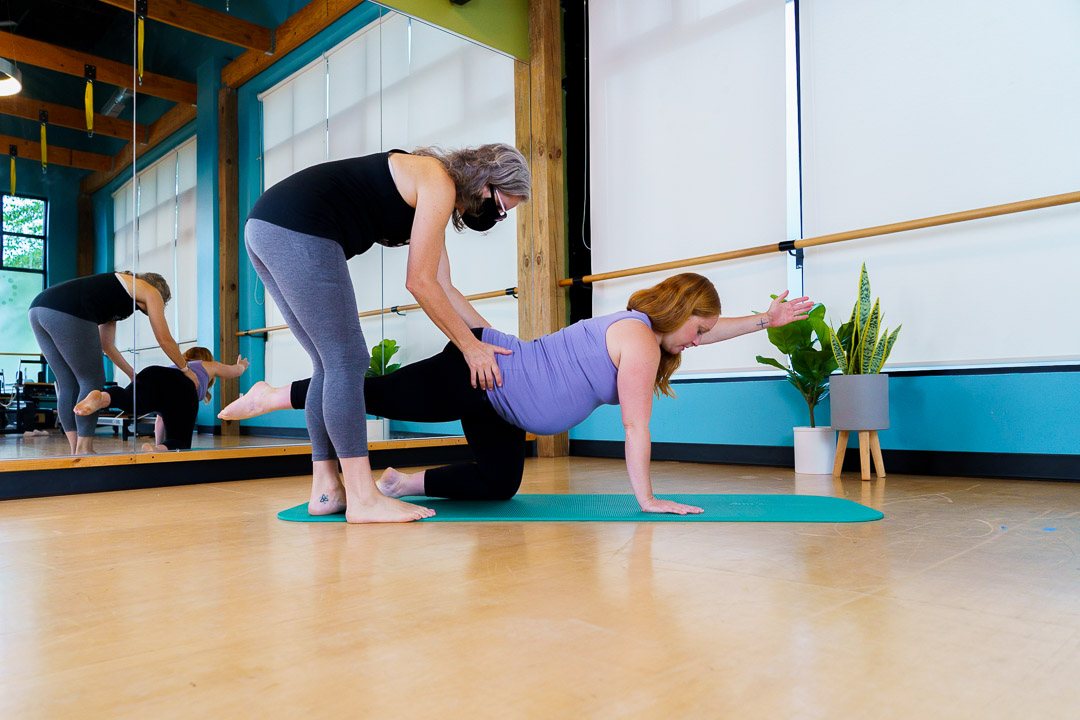 Along those same lines, it’s also important to know what not to say. Pregnant women do not want to hear about your cousin’s traumatic high-risk birth story, or about their pregnancy “waddle,” or anything else that might compound the natural amount of anxiety and uncertainty we experience while pregnant.
Along those same lines, it’s also important to know what not to say. Pregnant women do not want to hear about your cousin’s traumatic high-risk birth story, or about their pregnancy “waddle,” or anything else that might compound the natural amount of anxiety and uncertainty we experience while pregnant.
Pregnant women need access to the wisdom and resources of other women who have already given birth and/or movement instructors who understand how prenatal and postpartum bodies work, move and heal. We need to understand what physical challenges are normal, common and treatable after we give birth.
We need a supportive team of experts including physicians, midwives, pelvic health physical therapists, pre/postnatal fitness instructors, friends and family who will collectively help us feel empowered rather than helpless. We need nourishing foods that help our babies grow, and that help us heal mentally and physically.
It often feels to me like our culture has lost so many of the communal support structures for women before and after pregnancy. Women aren’t supposed to do this alone. We can’t heal from childbirth if we’re not resting enough. We can’t just jump back into the daily grind without risking pelvic organ prolapse, incontinence and a range of mental health challenges.
Investing in smart, safe prenatal movement practices and a postpartum period that celebrates the new body you have, rather than clinging to the old body you left behind, is an investment in the health of your whole family, whatever that family may look like.
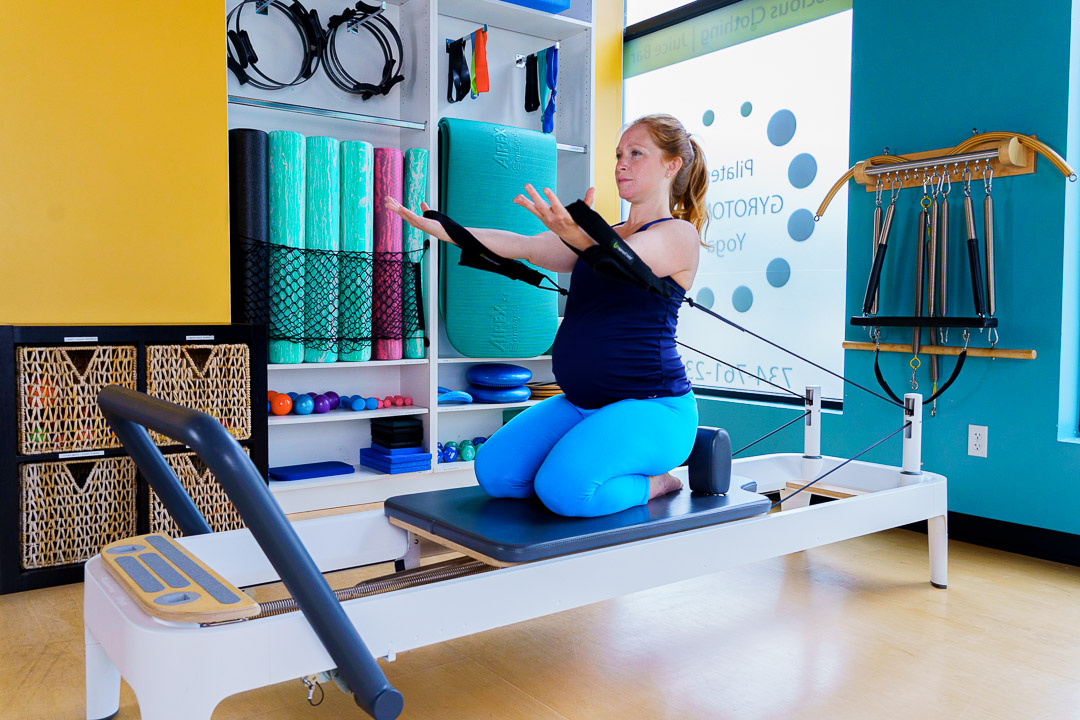
Want to learn more about the benefits of Pilates and GYROTONIC® for before and after pregnancy? Looking for a supportive and knowledgeable community to help you support and celebrate the body you have? Visit movewellness.com or call 734-224-2560.
 Davy Darnton is a STOTT Pilates and GYROTONIC® instructor at MOVE Wellness in Ann Arbor and can be found on Instagram at @davydarnton.movement.
Davy Darnton is a STOTT Pilates and GYROTONIC® instructor at MOVE Wellness in Ann Arbor and can be found on Instagram at @davydarnton.movement.
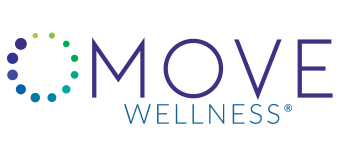
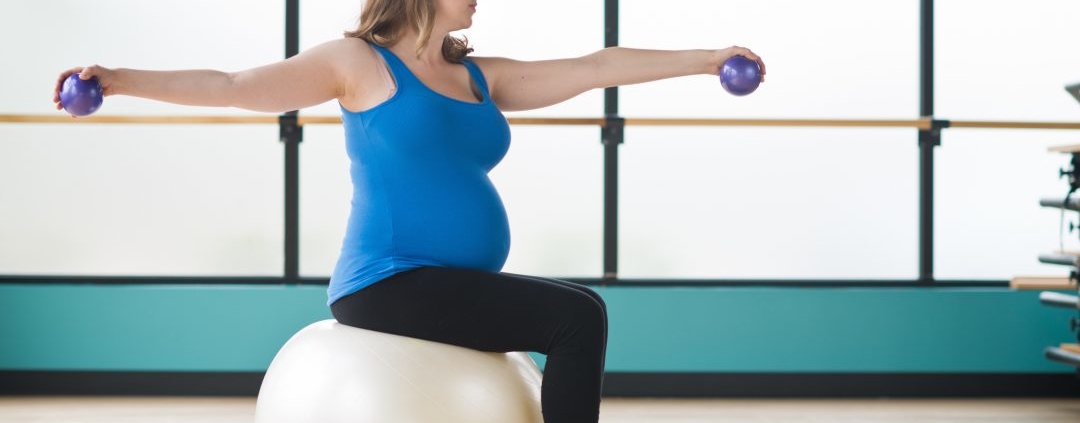

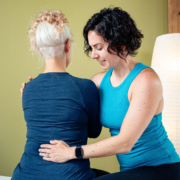

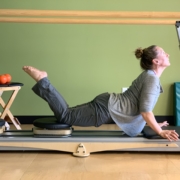
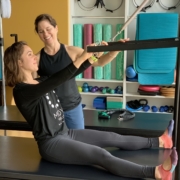
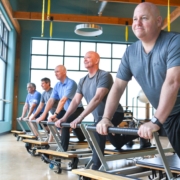


Leave a Reply
Want to join the discussion?Feel free to contribute!